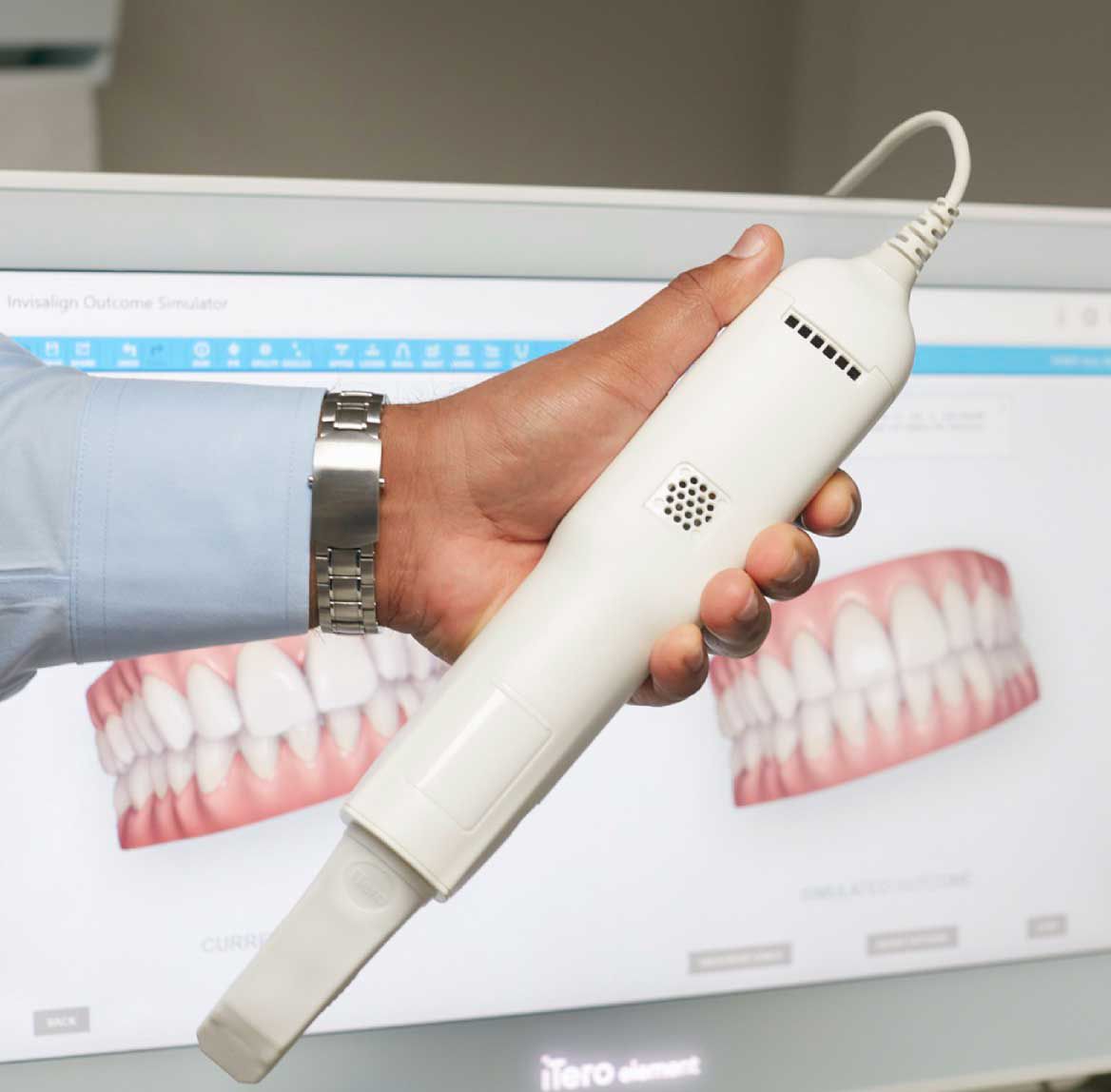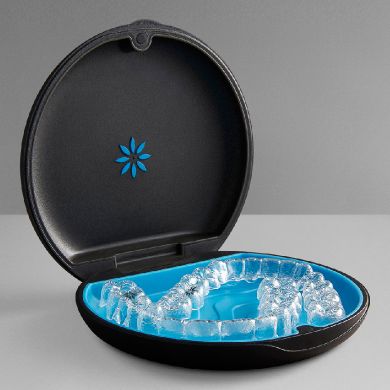During your initial consultation, your dentist will examine your teeth with dental X-rays and the intraoral 3D scan to determine if Invisalign is a suitable treatment option for you.




Transparent aligners (also known as invisible braces) are currently a popular method for orthodontic treatment. Compared to traditional wire braces, invisible braces are more aesthetically pleasing and comfortable, making them suitable for people of all ages. In recent years, many self-help invisible braces have emerged in the market, lacking professional dental diagnosis and follow-up, and their effectiveness is questionable. At Zenith Dental, our team of qualified dentists is responsible for and follows up with each orthodontic case to give you the confidence you need.
Our clinic uses Invisalign for invisible braces treatment, which is a top-of-the-line technology in the industry that is safe and reliable.
During your initial consultation, your dentist will examine your teeth with dental X-rays and the intraoral 3D scan to determine if Invisalign is a suitable treatment option for you.




If Invisalign is deemed appropriate, your dentist will create a custom treatment plan that involves a series of aligners that are designed to gradually move your teeth into the desired position.


Once your treatment plan has been created, you will be fitted with your first set of aligners. You will wear each set of aligners for approximately 7 days to two weeks before switching to the next set in the series. Throughout your treatment, you will have regular progress checkups with your dentist or orthodontist to ensure that your teeth are moving as planned.


The actual time required for orthodontic treatment varies depending on the complexity of the orthodontic plan, ranging from an average of one to one and a half years, to more than two years for more complicated cases.
The Invisalign system gradually applies gentle force to the teeth, so there should be no pain or discomfort that prevents you from eating, as is sometimes the case with traditional braces. You may experience some tightness or discomfort during the first few days of wearing a new set of aligners, but this should gradually subside. Invisalign aligners have a smooth surface that doesn't cause irritation or abrasions in the mouth, so you don't have to worry about getting "brace sores".
Invisalign and Invisalign Go are both types of clear aligner therapy offered by the Invisalign company, but they differ in a few key ways. Invisalign is a comprehensive orthodontic treatment option that can be used to address a wide range of orthodontic issues, from mild to severe. This includes issues such as crowded teeth, gaps between teeth, overbite, underbite, crossbite, open bite, and malocclusion. Invisalign treatment typically involves a series of custom-made aligners that are worn for a specified period of time to gradually shift teeth into the desired position. Invisalign Go, on the other hand, is a more limited form of Invisalign treatment that is designed to address mild to moderate orthodontic issues in the front teeth. It is typically used for patients who have minor crowding or spacing issues and want to improve the appearance of their smile. Invisalign Go treatment involves a shorter treatment time and fewer aligners than traditional Invisalign treatment. Another difference between Invisalign and Invisalign Go is that Invisalign Go treatment is typically less expensive than traditional Invisalign treatment. This is because Invisalign Go treatment generally is shorter and involves fewer aligners, which can help to reduce the overall cost of treatment. Overall, the main differences between Invisalign and Invisalign Go are the severity of the orthodontic issues they can address, the length of treatment, and the cost. Your dentist or orthodontist can help you determine which type of treatment is best for your specific needs and goals.